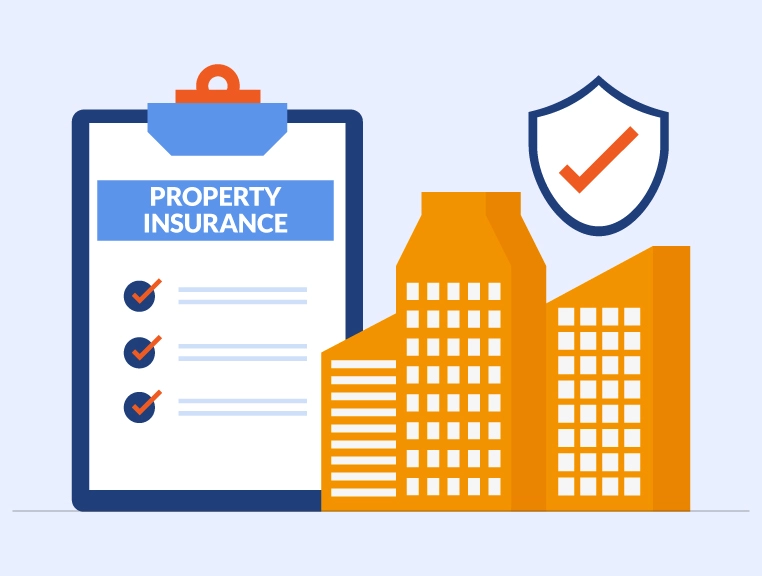The chemical industry in India is the third largest producer in Asia and is expected to double its share in the global chemical market by 2021. While chemical manufacturers are expanding due to growth in automotive, textile and construction industry, the risk associated with chemical industry is also growing.
Use of new chemicals has increased exponentially during last 10 years. Apart from their utility, these chemicals possess many inherent properties and hazards. Some of them are explosive, highly combustible, corrosive and harmful to humans. Though the accident incidents in the chemical plant are limited, some of the disastrous accidents occurred sporadically. Bhopal gas tragedy,1984 was one of them which exposed nearly 5 lakhs people to toxic methyl isocyanate gas. Recently, one more such accident happened in MIDC industrial area, Navi Mumbai where the fire erupted owing to reactor blast due to which nine workers got injured. Therefore, it is important to recognize chemical hazards and evaluate as well as control these hazards.
Knowing the physical and chemical properties of chemicals will help you recognize potential hazards and appropriately protect yourself. You can find these details by referring to Material Safety Data Sheet (MSDS) which is readily available in the work area where the chemical is being used. Following are some of the important properties which you can consider while handling the hazardous chemicals.
1. Specific Gravity or Density: Specific gravity is the ratio of the density of a substance (at a given temperature) to the density of water at the temperature of its maximum density. This property is important while considering cleanup, disposal and containment alternative.
2. Vapour Pressure: The pressure exerted by the vapour against the side of the closed container is called vapour pressure. Usually higher the vapour pressure, the more volatile the liquid.
3. Melting Point: Another important property to consider while handling or transporting the chemical. The temperature at which the phase changes from solid to liquid is called melting point. A particular chemical may exhibit totally different properties depending on phases. In one phase it could be inert while the other one could be highly reactive.
4. Vapour Density: Gases which is having the higher density than the surrounding air tends to settle to the lowest point. The gas having the density equal to or lower than the surrounding air, tends to disperse in the atmosphere. In such cases, if the vapour is toxic, inhalation problem may occur and if it is flammable, the risk of fire hazard or explosion is higher.
5. Flashpoint: Flashpoint is the lowest temperature at which some part of the liquid is converted to vapour to form a combustible mixture with air and produce a flame when an ignition source is present in the surrounding. When the ignition starts, combustion can continue as long as the temperature remains at or above the flashpoint.
Chemical Hazard Evaluation:
1. Identify which chemical will be used and gather all the information from reliable sources on their hazards.
2. Use instruments such as combustible gas indicators to see if there is the flammable concentration of combustible vapour in working area.
3. Periodically assess the safety procedures and practices, the performance of safety instruments along with safety systems.
Risk Management:
1. Collect and read the safety information about the chemicals you handle and follow recommended procedures.
2. Handle flammable gas and liquid material carefully to prevent direct contact. Also, take suitable fire prevention and control measures.
3. Safety induction and periodical training should be carried out for employees and workmen. You should enforce good hygiene practices and use the appropriate personal protective equipment.
4. Proper insurance planning should be done so that business interruption risk and public liability risk can be managed effectively.
About The Author
Shivani
MBA Insurance and Risk
She has a passion for property insurance and a wealth of experience in the field, Shivani has been a valuable contributor to SecureNow for the past six years. As a seasoned writer, they specialize in crafting insightful articles and engaging blogs that educate and inform readers about the intricacies of property insurance. She brings a unique blend of expertise and practical knowledge to their writing, drawing from her extensive background in the insurance industry. Having worked in various capacities within the sector, she deeply understands the challenges and opportunities facing property owners and insurers alike.




